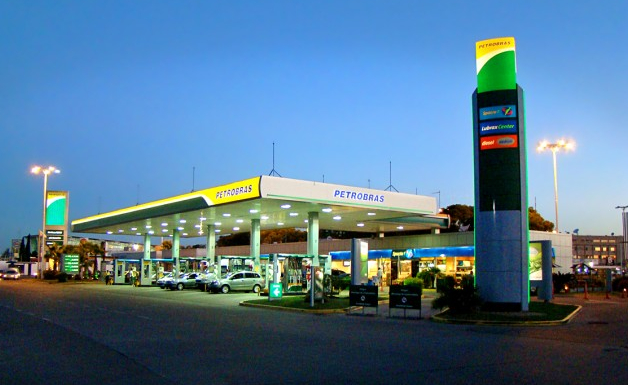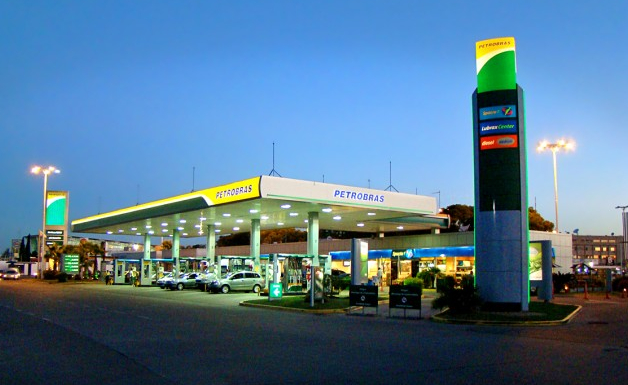For months positive headlines about the Brazilian economy have been scarce. Real gross domestic product (GDP) is contracting, inflation has soared, and the Real has now lost over 50% of its value since 2014. The country is also facing one of the most pervasive political scandals in recent memory. At present, Brazil is a far cry from being the paragon of Latin American growth.
The economic malaise facing the country is the culmination of long-term structural issues accentuated by short-term cyclical and political factors. A series of policy mistakes has resulted in an imbalanced economy, formerly disguised by the positive effects of booming commodity prices. Brazil’s aggressive taxation regime has discouraged business investment and quelled productivity, while a sprawling social security system has redirected funds away from infrastructure.
The end of the commodity super-cycle has exposed Brazil’s deteriorating fiscal position and dependence on cheap borrowing. It has also undermined confidence in a political system still digesting the fallout from the Petrobras scandal. In a recent poll, President Rousseff’s approval rating had fallen to just 8%.
A tough nut to crack
From a monetary perspective, the central bank is unable to loosen policy for fear of stoking inflation that is already running at over 9%. Fiscal measures are also unlikely as the government embarks on a period of reform to repair past excesses. The current political dislocation, atop an already fragile coalition government, is proving an impediment to substantive economic policy action. In short: a solution remains elusive.
From a market perspective, some commentators argue that the rapidly depreciating exchange rate will provide economic stimulus via exports. We don’t think this sufficient to significantly increase growth. Brazil’s export markets are relatively price inelastic and are largely dependent on a revival in commodity demand. We feel that only a recovery in China can really help the Brazilian economy right now. China is Brazil’s largest trading partner and its thirst for raw materials has been a key driver of Brazilian growth in the past.
Feeling hot, hot, hot
Such stresses are already evident in bond markets. The yield on Brazil’s 10-year local currency debt is over 16% and corporate bond spreads have widened. This pressurises financing requirements for the government, companies and households alike. Households are particularly vulnerable given the recent rise in private sector debt. Equity markets are also struggling as falling company revenues and rising interest rates erode net profit margins.
The speed of the deterioration may catch market participants off guard; Brazilian government yields have already increased by a third over the past two months (see chart) and the potential spillovers may not be fully reflected in markets. One area we are monitoring is the Spanish banking sector, which has a significant exposure to Latin America.
Brazil has fallen a long way since its ‘momento magico’. It must now embark on the long path to fiscal and political reform if it wishes to restore investor confidence and the belief of ordinary Brazilians in the political system. We remain cautious on Latin America and emerging markets in general, particularly of the potential for a systematic event. We await an improvement in cyclical headwinds and political stability in the short-term, as well as a commitment to structural reform over a longer horizon.




 For Fórmate a Fondo
For Fórmate a Fondo